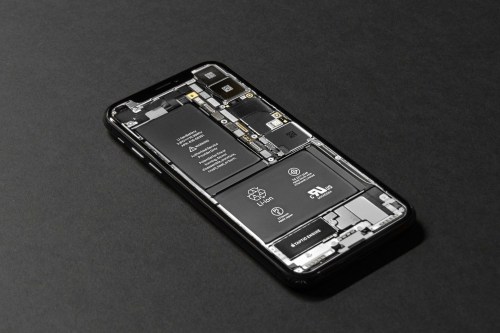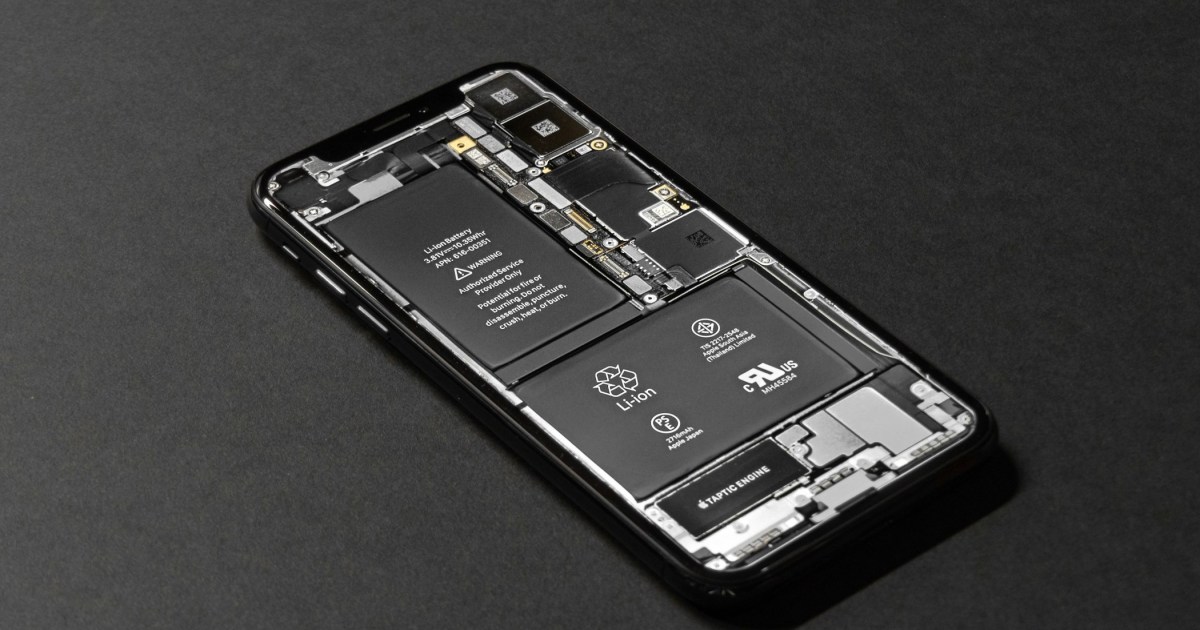
In the near future, replacing the battery in an iPhone will not be a risky, complicated and messy job with glue everywhere. According to The Information, Apple is researching a new technology that will make it easier for people to remove the battery in their iPhones, making replacements and repairs more convenient.
Here are the details straight from the horse’s mouth: “The new technology – known as electrically induced adhesive debonding – involves wrapping the battery in metal rather than foil as is currently the case. That would allow people to remove the battery from the chassis by feeding some electricity to the battery, the people said.
Apple is making the change because it has changed its mind about the glue issue that has vexed repair professionals and DIY enthusiasts for years. Even the folks at iFixit had to write an entire article titled “Why Electronics Rely on Glue – and Why They Shouldn’t” to shed more light on the situation.
“On a 2020 model iPhone, this process can take up to two hours of disassembly, one hour to clean up corrosion damage from liquids, and then another hour of application to replace the adhesive. Not an easy decision,” the article notes.
Why is Apple doing this?
Why is this happening now? This is due to the EU and its crusade for sustainability and a cleaner future. Last year, the European Commission notified the Battery Regulation, which, among other things, wants to deal with the situation more responsibly and in a way that does not worsen the e-waste problem. The following are the main principles:
- Targets for recycling efficiency, material recovery and recycled content will be phased in from 2025 onwards. All waste batteries collected will need to be recycled and high recovery rates will need to be achieved.
- From 2027, consumers will be able to remove and replace portable batteries in their electronic products at any point in their lifecycle.
- Portable batteries incorporated in appliances must be easily removable and replaceable by the end user or by independent operators during the life cycle of the appliance if the batteries have a shorter life than the appliance, or at the latest at the end of the life cycle of the appliance appliance.
“In a big win for the right to repair, all new portable devices and light vehicles brought to market will now have to be designed with replaceable batteries,” Cristina Ganapini, coordinator of Right to Repair (Europe), said back then. You can read the full proposal here (PDF).
A little ion magic
So how does Apple’s move to the enigma called “electrically induced adhesive peel” work? Adhesives capable of forming strong bonds while allowing quick and convenient electrical separation are in high demand. Such technology is especially valuable in emergency situations or for components that require frequent disassembly, according to a research paper published in the journal Materials Today Communications.
The electrical and electronics sectors have a pressing need for electrically removable adhesives to enable the installation and maintenance of fragile electronic parts. Using conductive adhesives that react to electricity to attach components to boards would greatly simplify the process of removing and replacing defective components.
An additional advantage of these adhesives is their ability to be activated remotely, eliminating the need for direct physical contact with the bonded parts. Currently, the adhesives used in smartphone assembly rely on high temperatures to melt and remove. The technique described above does the same thing, but uses an electrical stimulus instead of heat.
Switching to electricity offers a promising solution that avoids many challenges. This method relies on the addition of ionic components, such as dissolved salts or ionic liquids, to the adhesive mixture. These additives add ionic conductivity to the glue and as a result it begins to respond to electrical stimulation.
Voltage-activated peel can reduce the risk of mechanical, thermal or chemical damage to the phone’s internal components. However, the entire approach requires the use of conductive substrates such as metals or materials that can be coated with a conductive layer.
Once there, the debonding process can begin by applying tension to the two bonded surfaces. These electrically sensitive adhesives are currently attracting great interest in the aerospace and electronics segments due to their potential applications and advantages over traditional bonding methods. iPhones may turn out to be the biggest adopters of this promising technology in the near future.
You can read more about the process of electrical adhesion and debonding at the microscopic level in this research paper that was published in the journal Advanced Materials Interfaces here, and this fantastic thesis was presented at the Swedish-based Kungliga Tekniska Högskolan School of Chemical Sciences and Engineering. You can read more about the whole technique in the context of recycling at the Royal Society of Chemistry.



